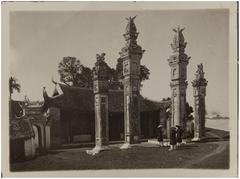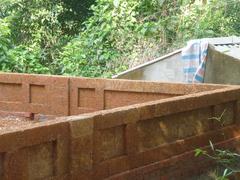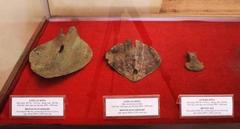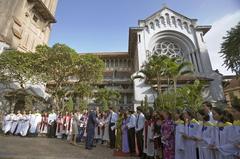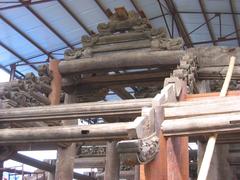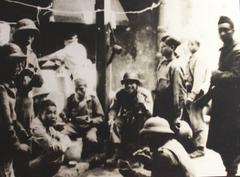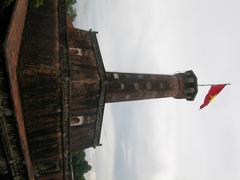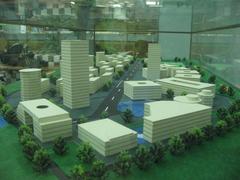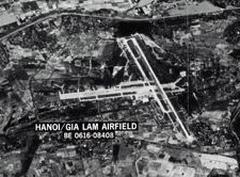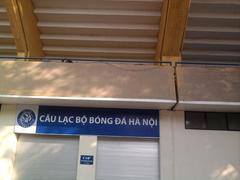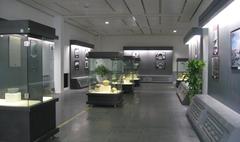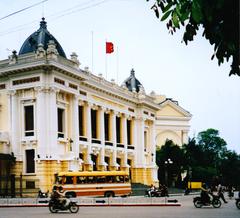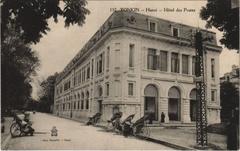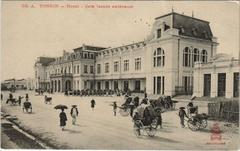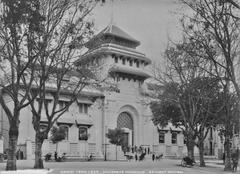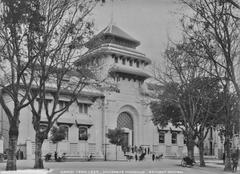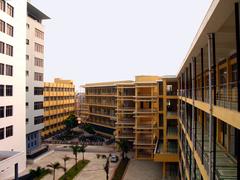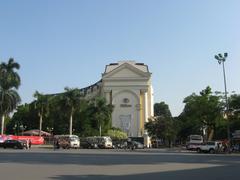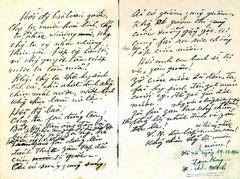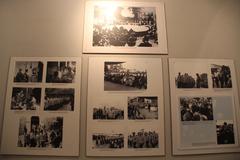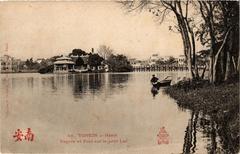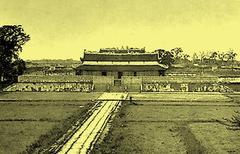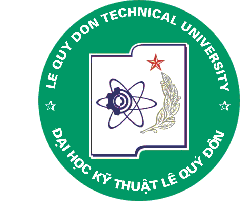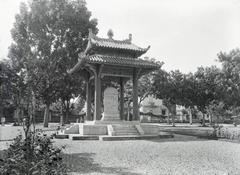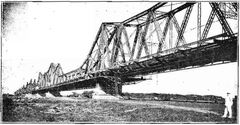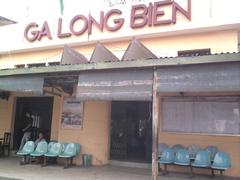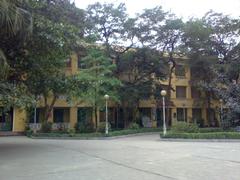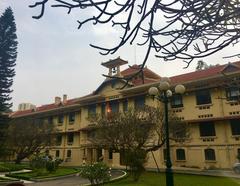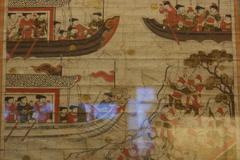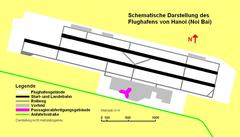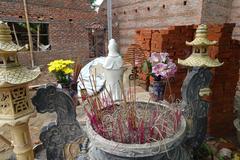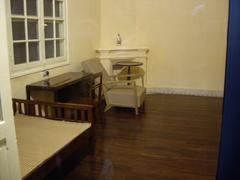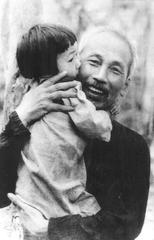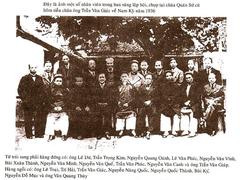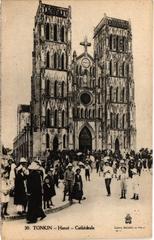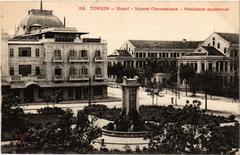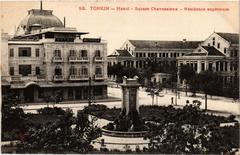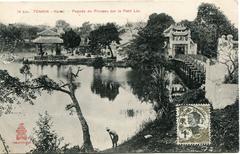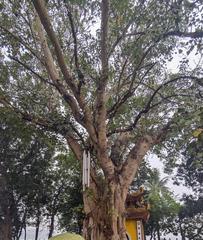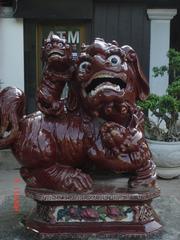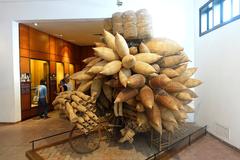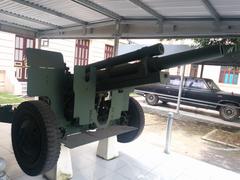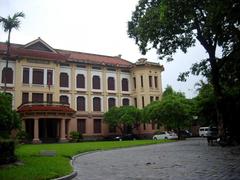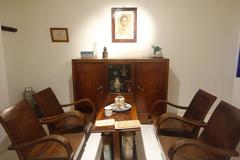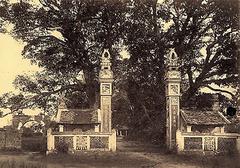Vietnam-Soviet Friendship Labor Cultural Palace, Hanoi: Visiting Hours, Tickets, and Historical Sites Guide
Date: 04/07/2025
Introduction
Located at the heart of Hanoi, the Vietnam-Soviet Friendship Labor Cultural Palace (Cung Văn hóa Lao động Hữu nghị Việt-Xô) is a powerful emblem of the diplomatic and cultural bond between Vietnam and the former Soviet Union. Constructed from 1978 to 1985, this landmark at 91 Tran Hung Dao Street was a gift from the USSR Central Trade Union Council to the Vietnam Trade Union, symbolizing post-war solidarity and shared socialist ideals (Vietlong Travel).
More than a feat of architecture, the palace is a living cultural hub—melding Soviet modernism with Vietnamese motifs. It houses three interconnected buildings serving diverse functions: cultural performances, educational workshops, and scientific events. Its grand auditorium, seating over 1,200, has hosted countless significant occasions, establishing its reputation as Hanoi’s largest and most versatile event venue (Evendo).
This guide provides a comprehensive overview of the palace’s history, architectural highlights, visiting hours, ticket information, nearby attractions, travel tips, and answers to frequently asked questions. Whether you’re an architecture aficionado, history enthusiast, or a traveler seeking authentic Hanoi experiences, the Friendship Cultural Palace should top your itinerary.
Table of Contents
- Historical Background and Significance
- Architectural Features and Layout
- Visiting Hours and Ticket Information
- Guided Tours and Accessibility
- Travel Tips and Getting There
- Nearby Attractions
- Visuals and Media
- Frequently Asked Questions (FAQ)
- Key Dates and Facts
- Symbolism and Modern Relevance
- Conclusion
- References
Historical Background and Significance
Origins and Construction
Construction of the palace commenced on November 5, 1978, and concluded on September 1, 1985, spanning nearly seven years of collaboration (Vietlong Travel). Erected as a gift from the Soviet Central Trade Union Council to its Vietnamese counterpart, the palace reflected both nations’ commitment to socialist ideals, post-war recovery, and international friendship. It occupies a prominent 3.2-hectare site in the heart of Hanoi, a physical testament to the USSR’s broad support for Vietnam’s reconstruction (Evendo).
Historical and Cultural Impact
Since its inauguration, the palace has been central to Hanoi’s cultural and social life. It has hosted major performances, conferences, art exhibitions, and educational events, drawing audiences from across Vietnam and the world. Over the decades, the venue has played a pivotal role in fostering cultural exchange, intellectual growth, and a sense of community.
Architectural Features and Layout
Soviet-Vietnamese Fusion in Design
The palace’s architecture combines Soviet modernist influence—characterized by geometric forms, robust concrete, and expansive open spaces—with traditional Vietnamese motifs such as stylized lotus patterns. The three main interconnected buildings include:
- Performance House: Features a rotary stage, a 1,256-seat main auditorium, and a 375-seat smaller hall.
- Study House: Contains a library and club rooms for workshops and educational activities.
- Science & Technology House: Links the other buildings and facilitates interdisciplinary events.
The exterior is adorned with murals and reliefs narrating the Vietnam-Soviet relationship, while landscaped gardens create a tranquil setting for visitors.
Functional Spaces
The palace comprises approximately 120 rooms, including multipurpose halls, conference rooms, and exhibition spaces. Amenities include accessible facilities, a library, cafés, bookstores, and open courtyards—making it both functional and welcoming.
Visiting Hours and Ticket Information
- Opening Hours: Daily from 8:00 AM to 10:00 PM (special events may affect hours; check ahead)
- Admission: Free to public areas and gardens; tickets required for concerts, exhibitions, and special events (typically 100,000–500,000 VND depending on program)
- Tickets: Purchase at the box office, via Ticketbox Vietnam, or through official palace partners.
Guided Tours and Accessibility
- Guided Tours: Available upon request; advance booking recommended, especially for groups and during peak seasons.
- Accessibility: The palace is wheelchair accessible, with ramps, elevators, and accessible restrooms. Multilingual signage (Vietnamese, English, Russian) assists international visitors.
Travel Tips and Getting There
- Address: 91 Trần Hưng Đạo Street, Hoàn Kiếm District, Hanoi
- Transport: Easily reached via public buses (routes 01, 02, 32, 40), taxi, or ride-hailing services like Grab. Just 500 meters from Hanoi Railway Station and 1.5 km from the Old Quarter (Hanoi Bus Map).
- Tips: Wear comfortable footwear, arrive early for events, and check event schedules online to plan your visit around performances or exhibitions.
Nearby Attractions
Make the most of your visit by exploring these nearby Hanoi historical sites:
- Hoa Lo Prison Museum: A key site from Vietnam’s colonial and wartime history.
- Hanoi Opera House: French colonial architecture and major performances.
- Hoan Kiem Lake: The bustling heart of the Old Quarter, with scenic views and the historic Ngoc Son Temple.
- Vietnamese Women’s Museum: Celebrating the role of women in Vietnamese society.
Visuals and Media
- Official website gallery: High-resolution photos of the exterior, interior, and events.
- Google Maps Location: Interactive map for directions.
- Facebook Page: Event updates, photos, and videos.
Frequently Asked Questions (FAQ)
Q: What are the opening hours?
A: 8:00 AM–10:00 PM daily; check for special event updates.
Q: Is there an entrance fee?
A: General admission is free; event tickets are priced based on the program.
Q: Are guided tours available?
A: Yes, by advance booking or arrangement with local agencies.
Q: Is the palace wheelchair accessible?
A: Yes; ramps, elevators, and accessible restrooms are provided.
Q: Can I take photos inside?
A: Photography is permitted in most public areas; restrictions apply during performances.
Key Dates and Facts
- Groundbreaking: November 5, 1978
- Completion: September 1, 1985
- Site Area: 3.2 hectares
- Main Auditorium: 1,256 seats
- Rooms: 120
- Location: 91 Trần Hưng Đạo, Hanoi (Vietlong Travel)
Symbolism and Modern Relevance
The Vietnam-Soviet Friendship Labor Cultural Palace remains a living monument to international solidarity, cultural exchange, and Vietnam’s resilience. Its architecture and ongoing programming reflect both a storied past and a dynamic present. The palace continues to host major summits, artistic festivals, educational workshops, and community events, serving as a vibrant platform for both local and international cultural engagement (Evendo).
Conclusion
The Vietnam-Soviet Friendship Labor Cultural Palace stands as a cornerstone of Hanoi’s cultural and historical landscape. Its blend of Soviet modernist design and Vietnamese heritage has made it a lasting symbol of friendship and cooperation. Today, the palace remains a dynamic hub for performances, exhibitions, and community activities, attracting both locals and tourists. Plan your visit to this iconic landmark to experience the confluence of history, architecture, and living culture in the heart of Vietnam’s capital.
For the latest updates, event schedules, and practical travel tips, download the Audiala app and follow official channels. Explore related Hanoi cultural sites and discover more about Vietnam’s fascinating history.
References
- Vietlong Travel
- Evendo
- Hanoi Bus Map
- Hoa Lo Prison Museum
- Hanoi Opera House
- Official Palace Website
- Facebook Page


